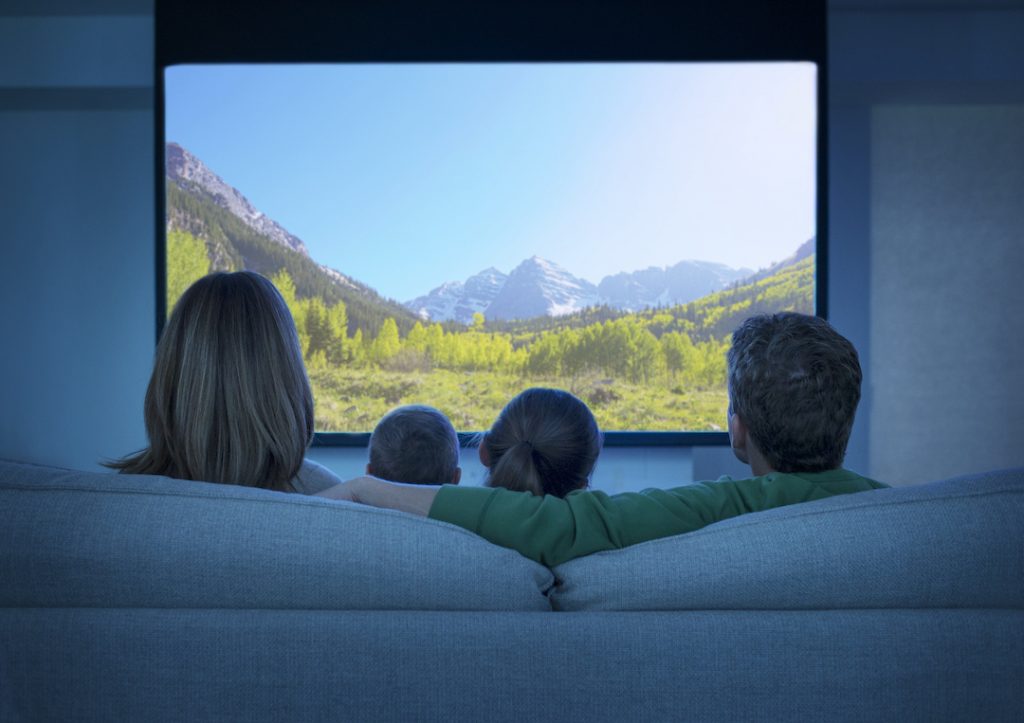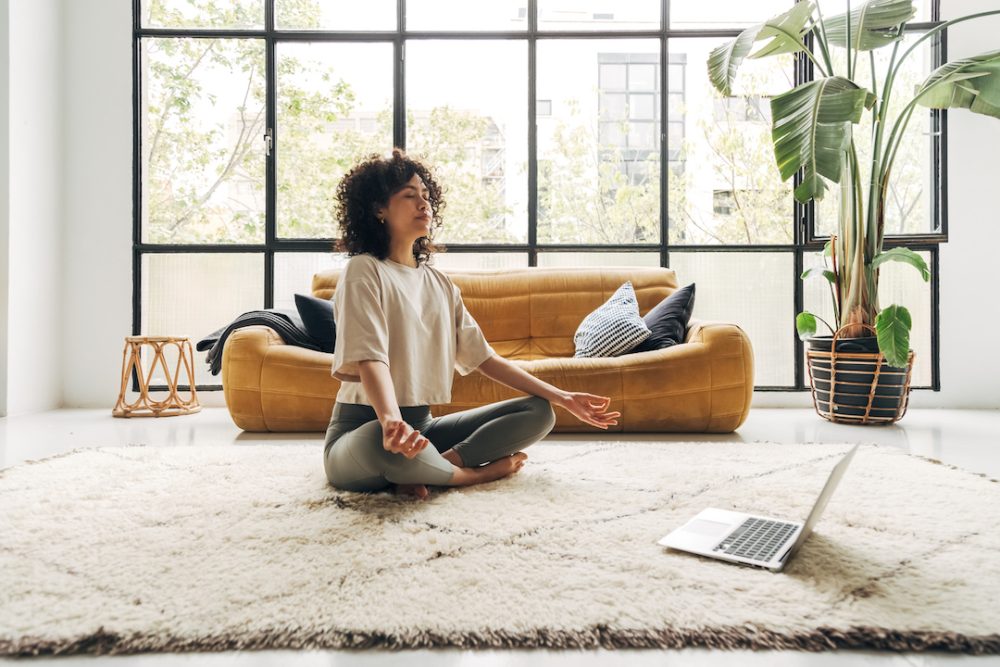“Design is never neutral. It either supports health or hinders it.”
– Erin Peavey, HKS
Architecture and interior design have always centered around creating beautiful and functional spaces that improve the lives of inhabitants. Feelings of anxiety, loneliness, uncertainty, and toxic stress continue to rise, and these conditions are posing a serious threat to our physical health. This decline in mental and physical health is leading to a continuous decline in life expectancy in the U.S. To understand why, it’s important to look at scientific theories examining how design can have a significant impact on our vitality and longevity. The goal is to explore ways to deploy health-focused design at scale. By doing so, we can create healthier, more supportive environments that help people to thrive.
One of the most exciting developments in design today is the integration of technology into our built environments. Advancements in technology have given us access to a range of tools that we can use to enhance our sensory experiences. From lighting systems that mimic the natural rhythms of daylight to soundscapes that evoke a sense of calm and tranquility, technology can enhance our sensory experiences and create a more harmonious relationship between humans and our surroundings.
Here are some examples of how technology can be used to create pleasurable sensory experiences:

Lighting Design
Light has a profound impact on our well-being. It affects our sleep patterns, mood, and even our immune system. The use of natural light is a common practice in architectural and interior design, and for a good reason. Studies have shown that exposure to natural light can increase productivity and reduce stress levels. The integration of windows, skylights, and other sources to maximize uniform daylight into the design can improve the overall look and feel of the space while enhancing the occupant’s well-being.
However, natural light is not always possible in every space. In these cases, the use of artificial light can be beneficial. Using lighting systems that mimic the natural rhythms of daylight can help regulate our circadian rhythms and improve our overall health. For example, smart lighting systems can be programmed to gradually increase in intensity in the morning to mimic a natural sunrise, and then gradually decrease in intensity in the evening to prepare us for a good night’s sleep, which is one of the most critical factors in maintaining our overall health.

Visual Design
The use of color, lighting, and patterns in our surroundings can have a powerful effect on our emotional state. Studies have shown that exposure to natural scenes, such as greenery and water, can reduce stress and improve mood. When incorporating natural elements into the design aesthetic, it is essential to consider the placement of the space and the views that will be visible from within it. Large windows, for example, can offer a connection to the outdoors, even if the environment inside is artificial.
Numerous studies suggest that utilizing scenes of nature and nature-themed art can decrease biological stress markers and increase feelings of calmness, to mimic the feelings of physically being outside in nature. The latest innovations in smart TV technology such as anti-reflection matte screens to reduce glare, higher resolution images to deliver more vibrant and accurate colors, and motion sensors to display art when human presence is detected, all offer occupants a sense of peace and tranquility while indoors.

Acoustic Design
Sound is another powerful sensory experience that deeply impacts our mood and well-being; however, it’s often an overlooked aspect of design. Music tends to have strong associations with our personal memories and experiences. For example, you might hear a song and suddenly feel nostalgic because it reminds you of a special moment from your past. This is because our brains can connect music with memories and emotions, making it a powerful tool for evoking feelings and associations.
One study conducted by researchers at the University of Helsinki found that listening to music can stimulate the production of endorphins, which are natural chemicals in the body that promote feelings of pleasure and reduce pain. Another study published in the International Journal of Cardiology found that listening to music can have a positive impact on heart rate variability, which is an important indicator of cardiovascular health.
Acoustic design is the process of creating an environment that enhances sound quality and minimizes noise. High-fidelity sound, which refers to audio reproduction that is faithful to the source material with minimal distortion, will reveal more detail and depth. This will then offer a more immersive and captivating experience.
The sounds of nature, such as birdsong or ocean waves, can evoke a sense of connection with nature, and has been shown to reduce stress levels and improve cognitive function. Incorporating sound systems into our designs can offer a range of options for soundscapes such as music, white noise, or guided meditations. The use of sound-absorbing materials can help reduce noise levels and improve acoustics, making the space more comfortable and enjoyable.
The sounds of water can be incredibly relaxing and can enhance the sensory experience in a bathroom. Water sounds can be incorporated in several ways, including through water features like hydrotherapies, rain showers, and spa-like rejuvenation. The gentle sound of water trickling can also be simulated by placing speakers strategically in the bathroom. By incorporating water sounds in a bathroom design, designers and architects can create sound experiences that can help to energize, reduce stress, and promote relaxation.

Scentscaping
Studies show how poor indoor air quality can lead to physiological discomfort and diminished cognitive and neuromotor performance, caused by a combination of exposure to dust, unpleasant odors or irritants, and inadequate temperature and humidity levels. However, another aspect involves psychological variables. What enters our olfactory pathway through the air we breathe is linked to our emotions and memories. For example, the scent of a perfume may trigger memories of someone special while the smell of freshly baked dessert may spark memories of childhood. By incorporating natural scents into our spaces, we can create a more pleasurable and immersive experience. The use of whole-house and point-of-use scent diffusers can create a sense of calm, with organic essential oils such as lavender, eucalyptus, and peppermint offering stress-reducing aromas.
Where Science and Design Converge
To create meaningful aesthetic experiences, intentional design must engage both the mind and body within the environment. This is where neuroscience and design converge, with research now beginning to confirm what practitioners have long understood about how people interact with their surroundings. Specifically, people are influenced by what they see, hear, touch, smell, and taste, and these multi-sensory experiences lead to stronger and more memorable reactions.
By combining the mind, body, and environment into a cohesive design, architects, interior designers, and technology integrators can take on the role of public health workers. They can enhance the sensory experiences of our built environments by incorporating elements of beauty, nature, and technology design and by creating sanctuaries filled with tranquility, comfort, and control. By keeping up to date with advancements in technology and scientific research, we can continue to develop innovative and impactful designs that make a positive difference in people’s lives and enhance the overall quality of life.
**********************

Michael Don Ham is the Co-Founder and President of RePure, a leading supplier of best-in-class indoor air and water quality solutions available through custom integrators, architects, and designers. www.repure.io















